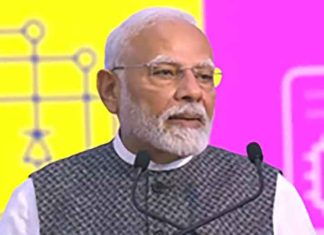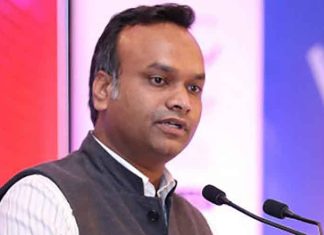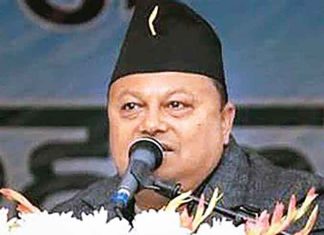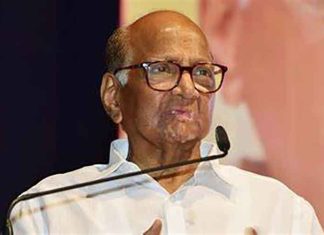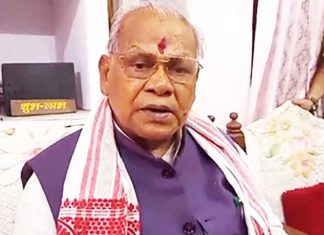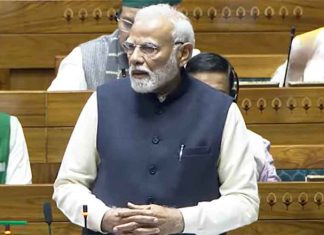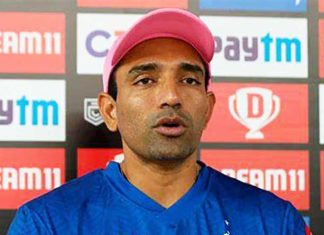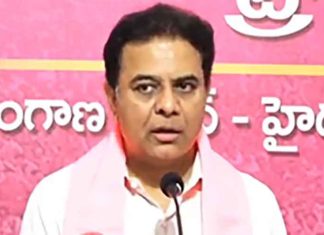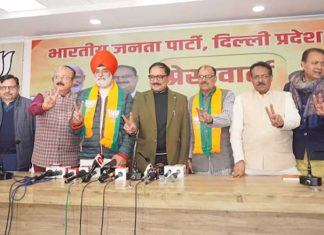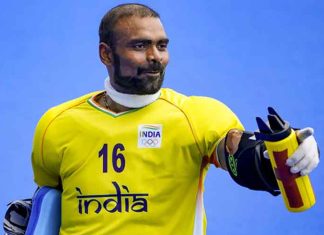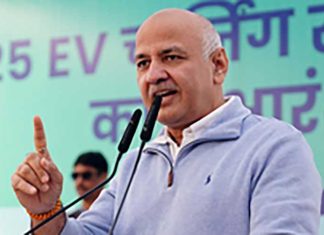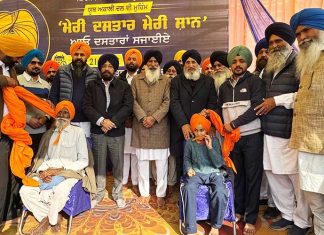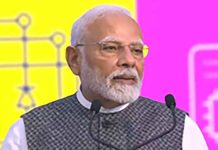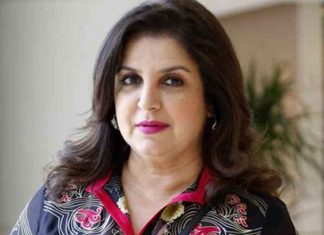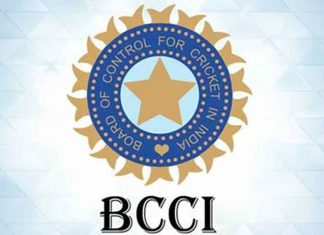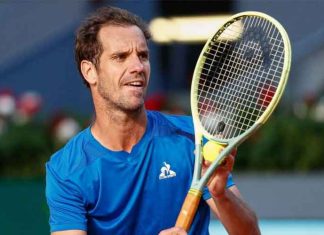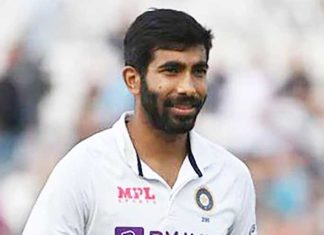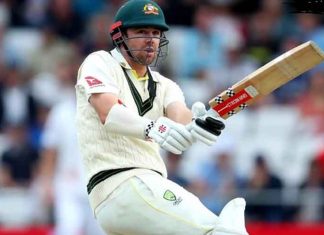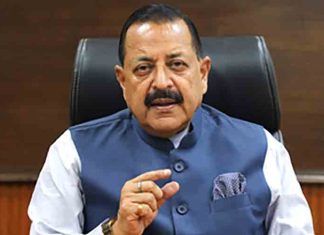New Delhi, Aug 5 2024-
In a first, yoga has been added to the management of hypertension and Type 2 Diabetes Mellitus (T2DM) patients in India, new guidelines revealed on Monday.
The guidelines by the Association of Physicians of India (API) in collaboration with the Indian College of Physicians (ICP) address the pressing need for a detailed, region-specific protocol to manage the growing dual burden of hypertension and diabetes in India.
Hypertension and diabetes are among the leading lifestyle diseases in India, contributing significantly to morbidity and mortality due to heart disease, stroke, and peripheral artery disease.
Studies indicate that over 50 per cent of hypertensive patients in India are also diagnosed with diabetes, highlighting a significant overlap that poses unique challenges in patient care.
The co-occurrence of these conditions amplifies the risk of cardiovascular complications and accelerates the progression of renal disease, making effective management strategies critical.
For the first time, the guidelines “advocate the integration of lifestyle modifications recommending the ancient Indian practice of yoga as an adjunct therapy to enhance outcomes”.
“Doctors are advised to recommend yoga’s holistic benefits to patients for overall health outcomes,” noted the guidelines, published in the Journal of the Association of Physicians of India (JAPI).
The guidelines also recommend dual therapy, combining Angiotensin Receptor Blockers (ARBs) with newer Calcium Channel Blockers (CCBs) like Cilnidipine to maximise benefits.
Cilnidipine, introduced in India in 2007, is used to treat heart-related conditions like angina (chest pain) and high blood pressure (hypertension).
It has shown promise in offering multiple benefits, not just in reducing BP, but also in protecting crucial organs, especially the kidneys.
Specific emphasis has also been laid on using multiple methods to detect and measure hypertension, including at home blood pressure (BP) monitoring.
“The guidelines emphasise the importance of early detection, comprehensive assessment, and a multi-faceted treatment approach,” said Jyotirmoy Pal, President-elect (2025), API.
In addition, Renin-angiotensin system (RAS) blockers should be integral to the treatment regimen, given their proven efficacy in randomised controlled trials (RCTs) for preventing and slowing the progression of diabetic kidney complications.
It also recommends the use of newer anti-diabetic agents like SGLT2 inhibitors and GLP-1 receptors to improve glycemic control as well as confer macro and micro-vascular protection, the guidelines said.
“Healthcare practitioners across India and beyond are encouraged to adopt these guidelines to enhance patient care and ensure the effective management of hypertension in diabetic patients,” the guidelines said. (Agency)







